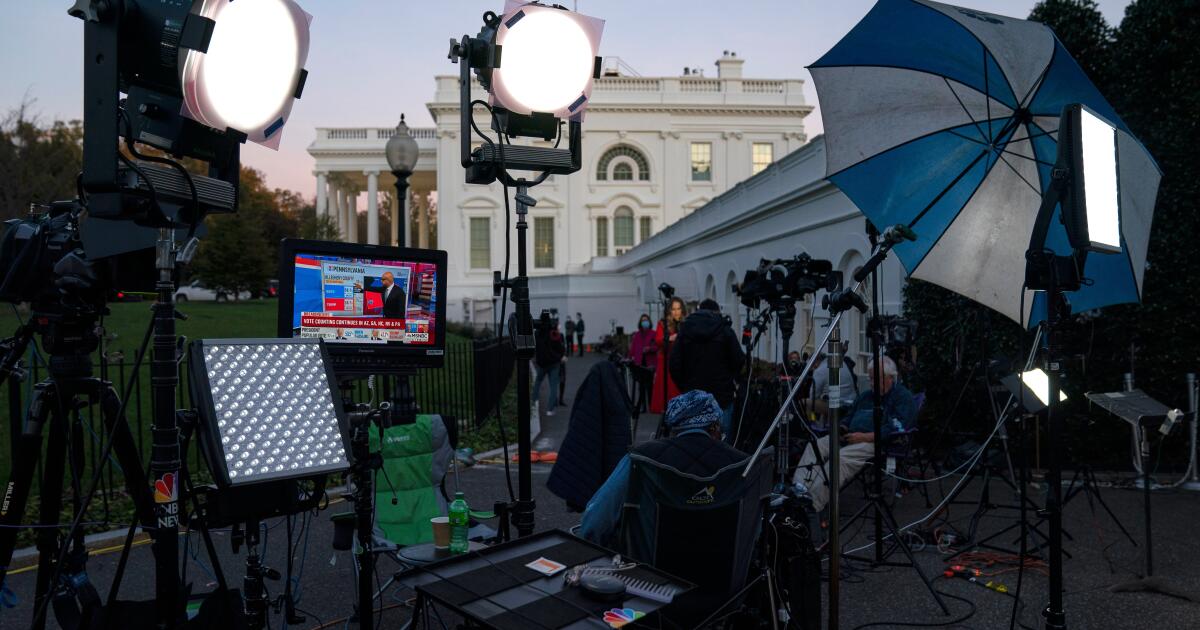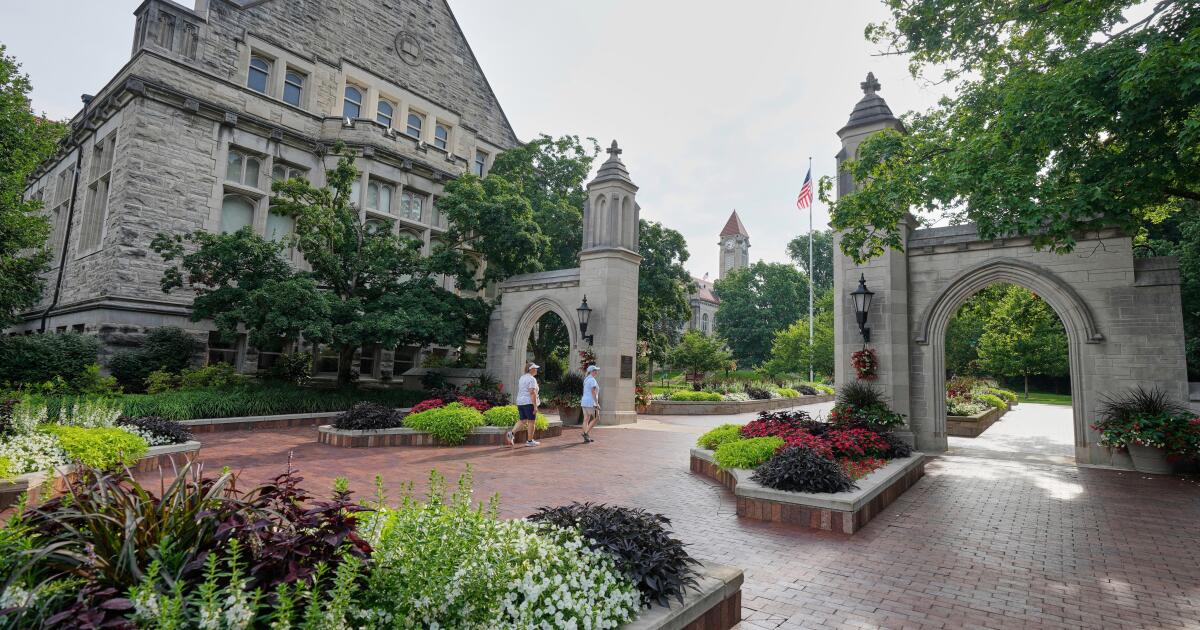Why news outlets struggle with credibility when their owners fund Trump’s White House project
President Donald Trump’s razing of the White House’s East Wing to build a ballroom has put some news organizations following the story in an awkward position, with corporate owners among the contributors to the project — and their reporters covering it vigorously.
Comcast, which owns NBC News and MSNBC, has faced on-air criticism from some of the liberal cable channel’s personalities for its donation. Amazon, whose founder Jeff Bezos owns The Washington Post, is another donor. The newspaper editorialized in favor of Trump’s project, pointing out the Bezos connection a day later after critics noted its omission.
It’s not the first time since Trump regained the presidency that interests of journalists at outlets that are a small part of a corporate titan’s portfolio have clashed with owners. Both the Walt Disney Co. and Paramount have settled lawsuits with Trump rather than defend ABC News and CBS News in court.
“This is Trump’s Washington,” said Chuck Todd, former NBC “Meet the Press” host. “None of this helps the reputations of the news organizations that these companies own, because it compromises everybody.”
Companies haven’t said how much they donated, or why
None of the individuals and corporations identified by the White House as donors has publicly said how much was given, although a $22 million Google donation was revealed in a court filing. Comcast would not say Friday why it gave, although some MSNBC commentators have sought to fill in the blanks.
MSNBC’s Stephanie Ruhle said the donations should be a concern to Americans, “because there ain’t no company out there writing a check just for good will.”
“Those public-facing companies should know that there’s a cost in terms of their reputations with the American people,” Rachel Maddow said on her show this week, specifically citing Comcast. “There may be a cost to their bottom line when they do things against American values, against the public interest because they want to please Trump or buy him off or profit somehow from his authoritarian overthrow of our democracy.”
NBC’s “Nightly News” led its Oct. 22 broadcast with a story on the East Wing demolition, which reporter Gabe Gutierrez said was paid for by private donors, “among them Comcast, NBC’s parent company.”
“Nightly News” spent a total of five minutes on the story that week, half the time of ABC’s “World News Tonight,” though NBC pre-empted its Tuesday newscast for NBA coverage, said Andrew Tyndall, head of ADT Research. There’s no evidence that Comcast tried to influence NBC’s coverage in any way; Todd said the corporation’s leaders have no history of doing that. A Comcast spokeswoman had no comment.
Todd spoke out against his bosses at NBC News in the past, but said he doubted he would have done so in this case, in part because Comcast hasn’t said why the contribution was made. “You could make the defense that it is contributing to the United States” by renovating the White House, he said.
More troubling, he said, is the perception that Comcast CEO Brian Roberts had to do it to curry favor with the Trump administration. Trump, in a Truth Social post in April, called Comcast and Roberts “a disgrace to the integrity of Broadcasting!!!” The president cited the company’s ownership of MSNBC and NBC News.
Roberts may need their help. Stories this week suggested Comcast might be interested in buying all or part of Warner Bros. Discovery, a deal that would require government approval.
White House cannot be ‘a museum to the past’
The Post’s editorial last weekend was eye-opening, even for a section that has taken a conservative turn following Bezos’ direction that it concentrate on defending personal liberties and the free market. The Oct. 25 editorial was unsigned, which indicates that it is the newspaper’s official position, and was titled “In Defense of the White House ballroom.”
The Post said the ballroom is a necessary addition and although Trump is pursuing it “in the most jarring manner possible,” it would not have gotten done in his term if he went through a traditional approval process.
“The White House cannot simply be a museum to the past,” the Post wrote. “Like America, it must evolve with the times to maintain its greatness. Strong leaders reject calcification. In that way, Trump’s undertaking is a shot across the bow at NIMBYs everywhere.”
In sharing a copy of the editorial on social media, White House press secretary Karoline Leavitt wrote that it was the “first dose of common sense I’ve seen from the legacy media on this story.”
The New York Times, by contrast, has not taken an editorial stand either for or against the project. It has run a handful of opinion columns: Ross Douthat called Trump’s move necessary considering potential red tape, while Maureen Dowd said it was an “unsanctioned, ahistoric, abominable destruction of the East Wing.”
In a social media post later Saturday, Columbia University journalism professor Bill Grueskin noted the absence of any mention of Bezos in the Post editorial” and said he wrote to a Post spokeswoman about it. In a “stealth edit” that Grueskin said didn’t include any explanation, a paragraph was added the next day about the private donors, including Amazon. “Amazon founder Jeff Bezos owns The Post,” the newspaper said.
The Post had no comment on the issue, spokeswoman Olivia Petersen said on Sunday.
In a story this past week, NPR reported that the ballroom editorial was one of three that the Post had written in the previous two weeks on a matter in which Bezos had a financial or corporate interest without noting his personal stakes.
In a public appearance last December, Bezos acknowledged that he was a “terrible owner” for the Post from the point of view of appearances of conflict. “A pure newspaper owner who only owned a newspaper and did nothing else would probably be, from that point of view, a much better owner,” the Amazon founder said.
Grueskin, in an interview, said Bezos had every right as an owner to influence the Post’s editorial policy. But he said it was important for readers to know his involvement in the East Wing story. They may reject the editorial because of the conflict, he said, or conclude that “the editorial is so well-argued, I put a lot of credibility into what I just read.”
Bauder writes for the Associated Press.

